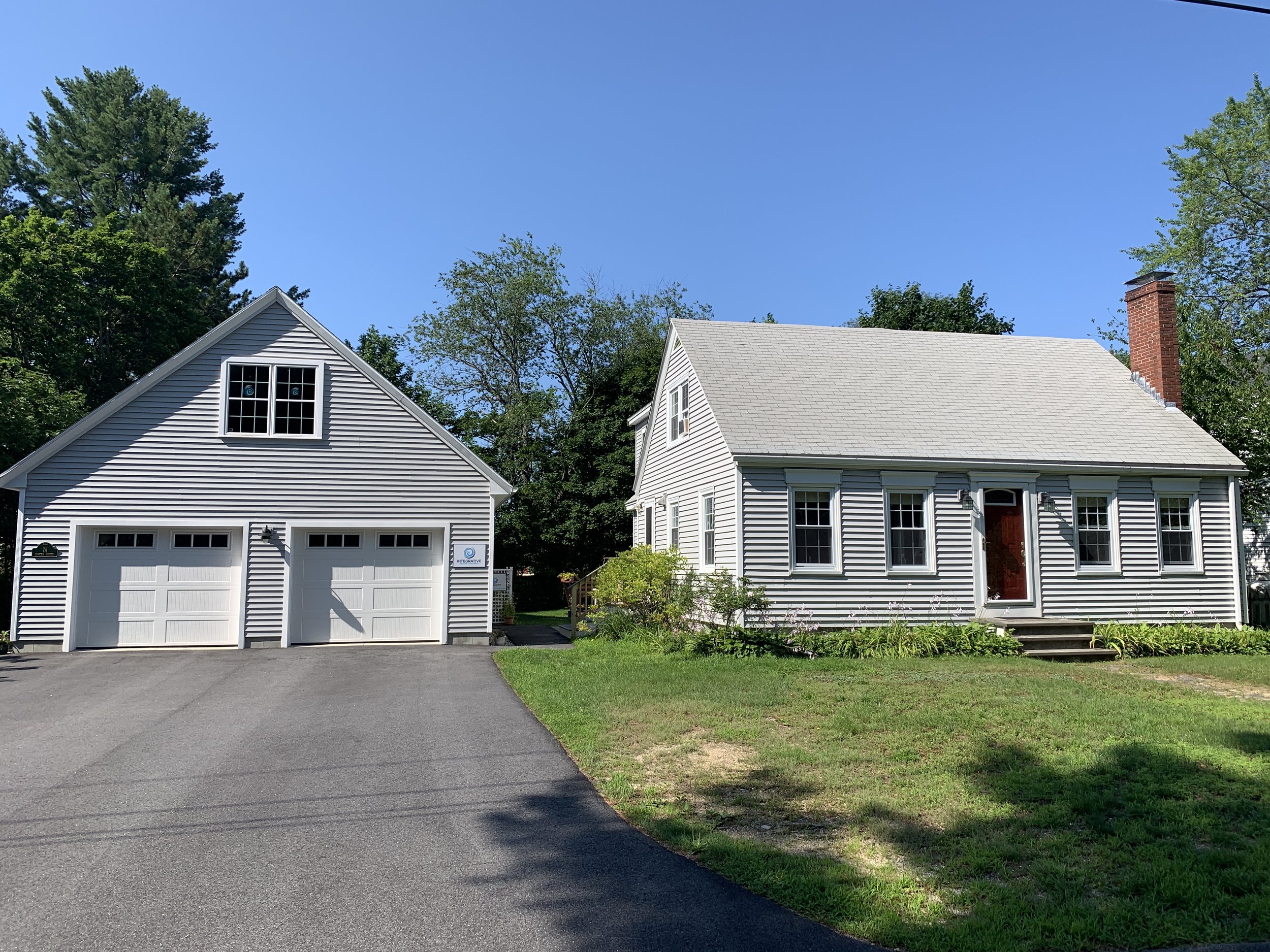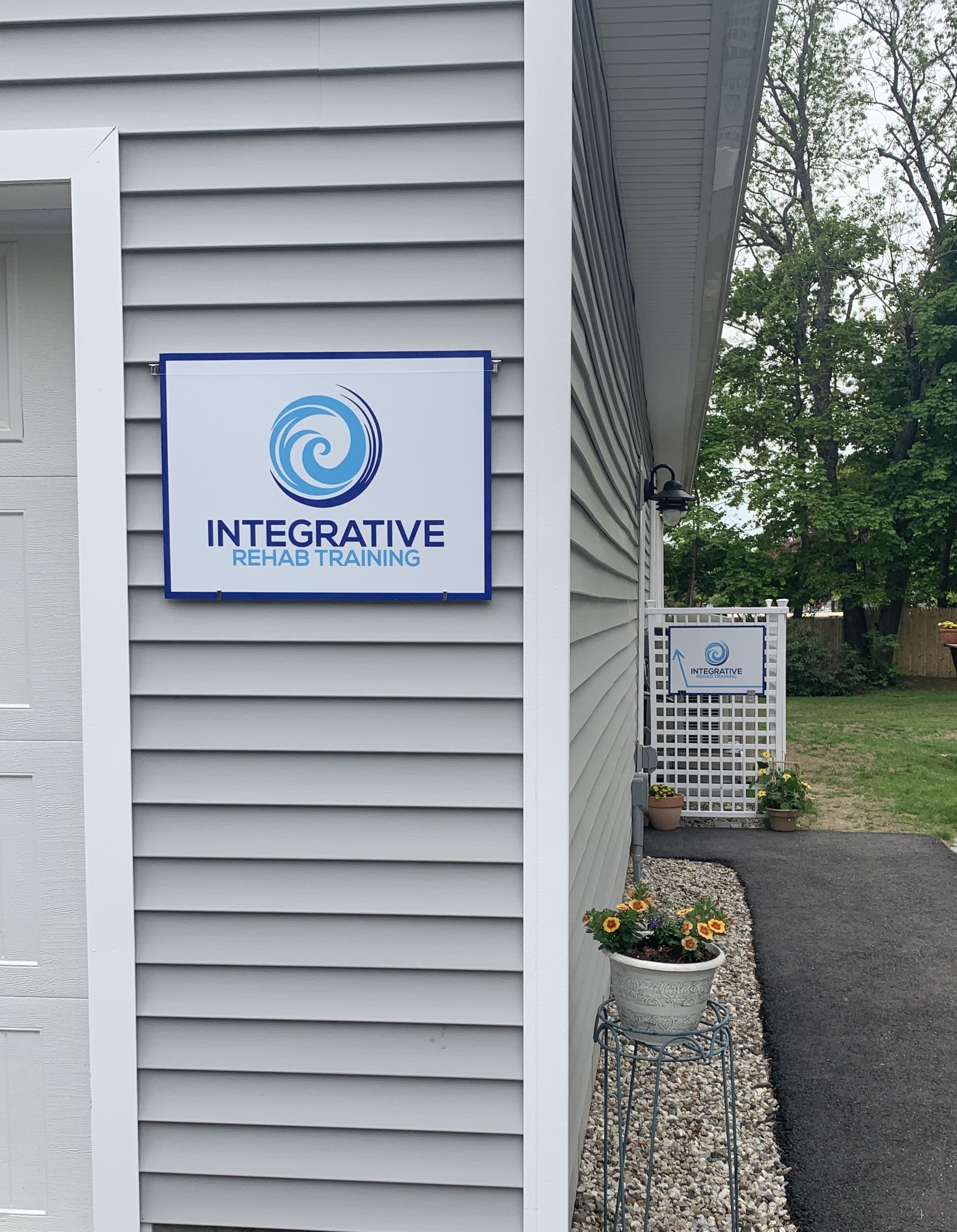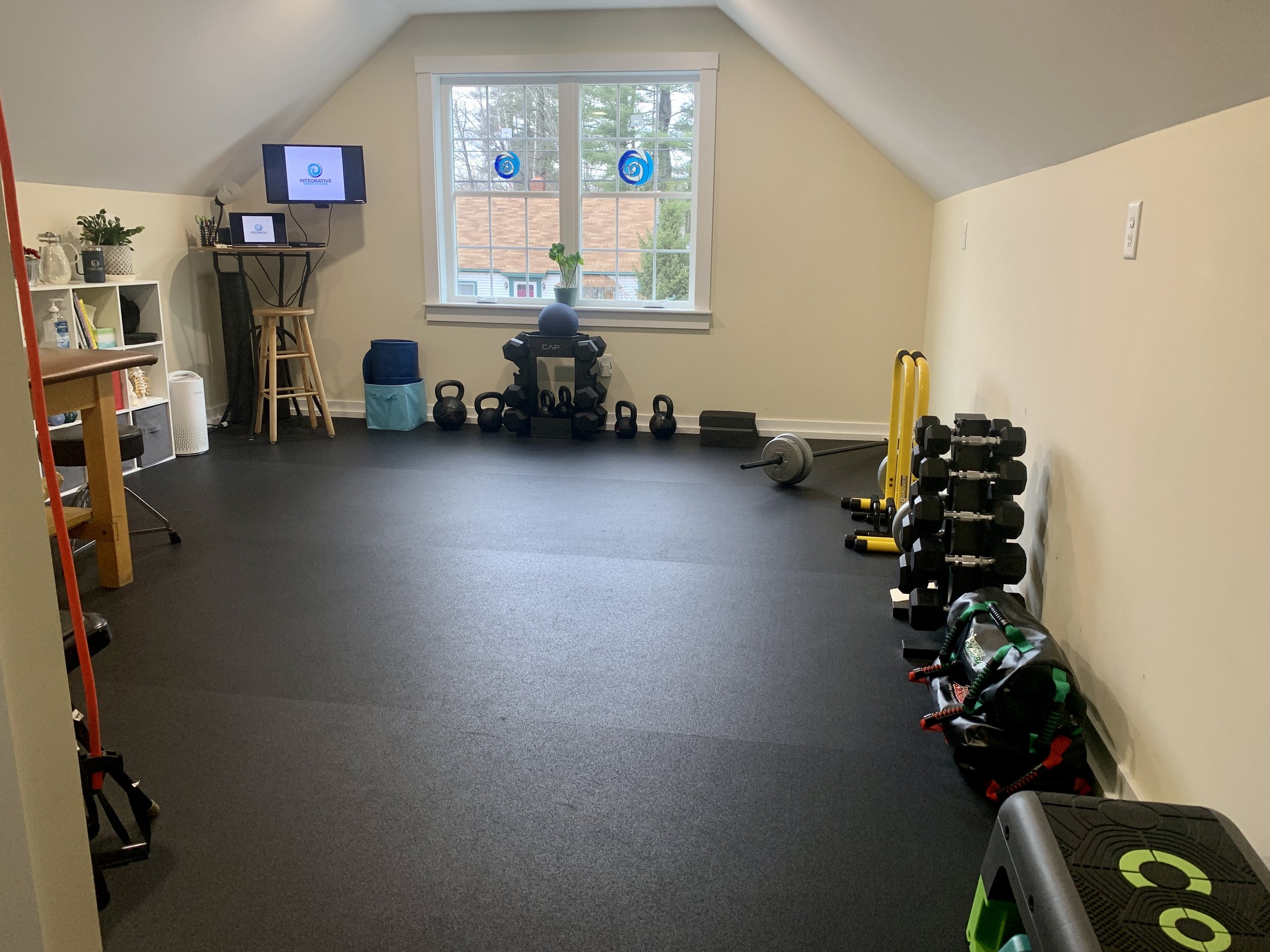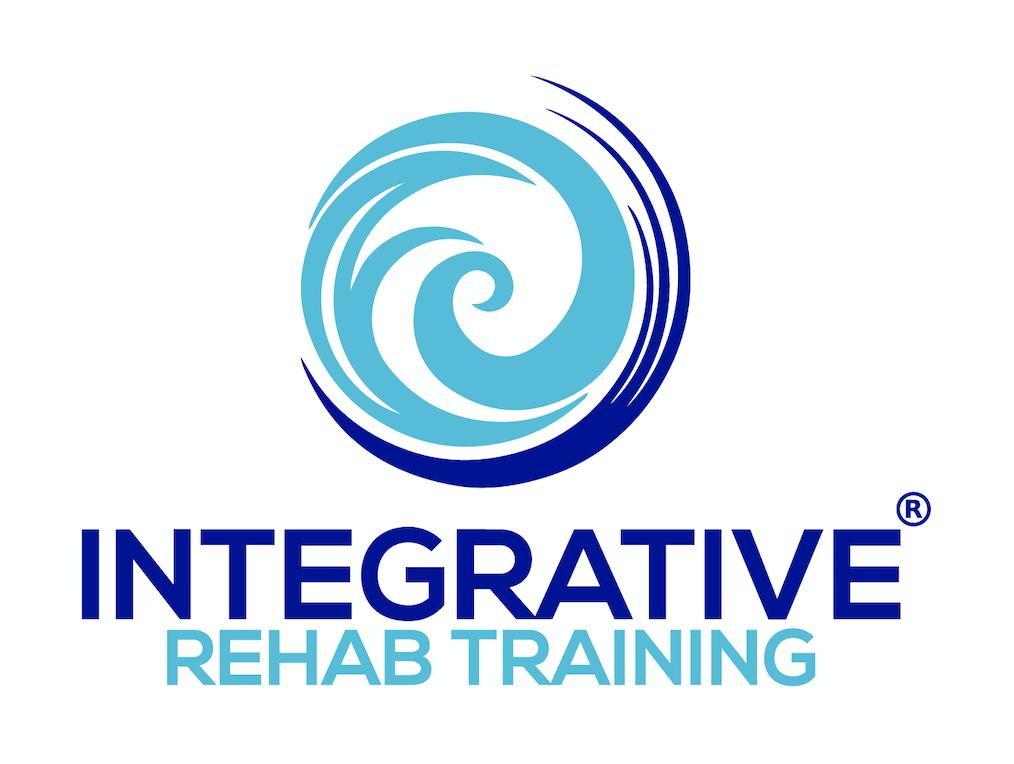Michael J. Mullin, ATC, PTA, PRC
It’s hard not to feel bad for the knee. I mean, let’s face it, those things take a beating. From the minute we can crawl, our knees have to really step up and perform for us. While it’s hard not to think of it this way, the knee is not a standard hinge joint. It is a sliding, gliding and rotating part of our body designed to transfer load from the lower leg upwards and from the upper body down in as smooth a fashion as possible. It must maintain good shock absorption ability while allowing our head to stay fairly level in order to negotiate our surroundings effectively. This is accomplished through a complex network of coordinated soft tissue activity—from above and below—allowing for joint control and the ability to adjust to positional changes.
It is also important to recognize that the knee was not designed to rotate much. While a little bit of rotation is necessary for any movement in the knee to happen, it should not become a primary movement. Rotation is supposed to happen much more in the pelvis & hips, foot & ankle and trunk & torso. Any rotation in the knee should be minimal and only as a result of transferring that movement to the joints above and/or below, depending on the task at hand. If life was straight forward all the time, then things would be easier on us (pun intended). But it isn’t. In fact, our daily lives are filled with bending, extending, rotating, speeding up, slowing down, etc. It is within this variability of tasks, movement and speed that things can start to go awry if we are not well-prepared for it.
The knee is also positionally dependent. This means that its optimal performance is dependent on the position of the structures above and below. If the pelvis & hips and foot & ankle do not have adequate mobility and are not able to effectively move and shift weight symmetrically side-to-side, then this load gets transferred elsewhere and the knee is a common area for this to occur. Over time, this imbalance will allow for some structures to get compressed and other tissue to get stretched out. This can result in damage or long-term changes in these structures. The knee just doesn’t respond well to this kind of torque.
The pelvis is one common area for load to be ineffectively managed. Due to some inherent underlying imbalances in the way our bodies are designed, most of us are biased into performing activities a certain way. This regular or repeated way in which something is done is referred to as a pattern. Think of the ease with which you do some things a certain way and how often during the day these kinds of activities happen. They can be as complex as kicking a ball or as simple as which leg you put into your pants first. Since our brains are constantly trying to figure out ways to make things easier and more efficient, unless deliberate attempts are made to counter these patterns, than it will guide the body into the path of least resistance. However, just because something is easier, more comfortable, coordinated and even stronger, does not mean that it is the best to do it repeatedly. Much like life, movement is a balance of moderation, modulation and modification. Performing movements certain ways over and over—even if it is not the same task, but using a similar tactic—will make some areas of the body more vulnerable to break-down.
One fairly common position of the pelvis and the subsequent pattern it produces is one which rotates the left side of the pelvis forward and the right side back (see picture below). This position of the pelvis is driven by the way we breathe, the way we orient ourselves in sitting, standing and moving and also by the signals we get to our brain from our nerves—and to our nerves from our brain. It is far beyond the scope of this article to go through all the nuances, but the changes in position and orientation that occur to the femur as a result can be considerable.
Illustration by Elizabeth Noble for the Postural Restoration Institute®. Used with permission ©Postural Restoration Institute® 2014. www.posturalrestoration.com
Which brings us to those pesky knees. As the picture above illustrates, the femur will now have to work a little bit differently on each side in order for us to continue to move. The video below shows how it can look doing tasks such as riding a bike:
[vimeo http://vimeo.com/103485763]
- On the left side, the thigh will have a tendency to slide further forward easier but with less control, a poor ability to get the thigh bone underneath the body and subsequently to have the hip and leg extend underneath us properly, as with walking and running, in comparison to the right side. This increases compressive loads onto the knee and kneecap. With the socket joint of the hip not fully capping the ball of the femur, this does not allow for the joint to accept the load the way it should, which means that it will be transferred up to the spine and back and down to the knee. Overuse (actually it should be called “misuse”) and acute knee injuries due to poor control from above are what the left side has to contend with.
- On the right side, the thigh is very well—almost too well—positioned underneath the body allowing it to be the leg one pushes off of, stands on, rotates towards, and negotiates tasks with more than the left side, regardless of which leg you feel is your dominant one. Certain muscles become overactive and have a difficult time shutting off, thus holding the body in this pattern even more. Increased activity and control make this side more susceptible to injuries due to overuse, overload and over activity.
The following two videos demonstrate a single leg squat activity on a post-surgical Right knee ACL reconstruction with someone who loads their Right side too much, regardless of which side she is doing the squat on.
[vimeo http://vimeo.com/115514602]
[vimeo http://vimeo.com/115514699]
Injuries occurring to the left knee will often require more interventions which will recruit the upper hamstrings, groin/inner thigh muscles (adductors), glute muscles (specifically gluteus medius) and abdominals. This is to counter the work of the more coordinated right side muscles as well as aid in positioning the pelvis and thigh in a balanced position. The back of the left hip (posterior capsule in particular) often needs to be stretched as well in order to be better able to accept the load onto that side.
The right side needs activity which will help keep the thigh from rotating inward too far and also to help push the pelvis a little better onto the left side. Gluteus maximus, hip flexors (psoas in particular if properly engaged) and activities which encourage reaching the leg away, or “pushing” it to the left are important for this side. The right side often needs help turning muscles off (inhibiting) so that they do not keep doing so much work, even in more passive tasks such as sitting or standing.
Much like life, the body, and our knees in particular, require a careful balance in order for things to work well.
*Much of the information from this article is based on concepts of the Postural Restoration Institute.




